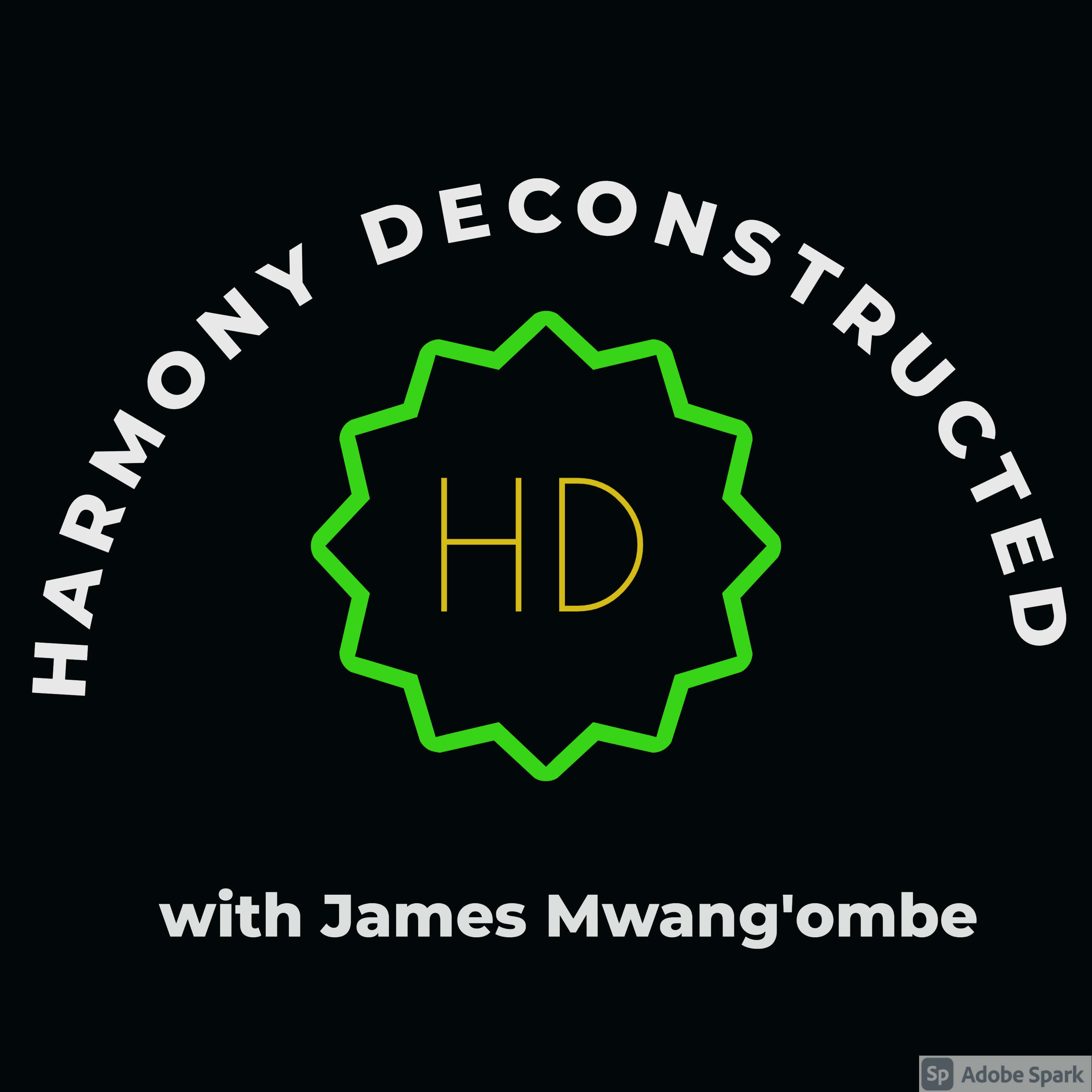A Heart at War
“A heart at war needs enemies to justify its warring. It needs enemies and mistreatment more than it wants peace.” The Arbinger Institute
It is apparent that at any one point, we are either operating with a heart at war or a heart at peace. The outcome of our actions will be quite different depending on the heart behind the actions we take. When we act with a heart at war, our actions tend towards chaos, on the other hand, when we act with a heart at peace, our actions tend towards harmony. In the book The Anatomy of Peace, the Arbinger Institute refers to these two kinds of hearts as the way of being. They indicate the following:
With a Heart at peace - you see others as PEOPLE. People with hopes, needs, cares, and fears as real to you as your own.
With a heart at war - you see others as OBJECTS. They are obstacles on your way, vehicles to achieve your ends, irrelevancies, inconsequential etc.
So the outcome of our actions, as we interact with others, is largely influenced by the our state of being. Whether we are having a heart at peace or a heart at war.
For us to live an inspired harmonious life, we should aim to operate with a heart at peace. Yes we may have a heart at war from time to time, for that is human nature, but it should not be lost to us to be aware and gravitate back to the heart at peace.
The good news is that, our Creator has given us capability to have a heart at peace even in the midst of war. Whether that be a physical war, a mental war, relational war, economic war or any other form of war. There are a couple of examples from history and in current times that show this is possible:
There is a story in the book The Anatomy of Peace by the Arbinger Institute, about a historical figure Saladin. “In June of 1099, Crusaders from the West laid siege to Jerusalem. After forty days, they penetrated the northern wall and flooded into the city. They slaughtered most of the city’s Muslim population within two days. The last of the survivors were forced to carry the dead to mass unmarked graves, where they piled the corpses in heaps and set them on fire. These survivors were then either massacred or sold into slavery.
The Jews, although not so numerous, fared no better. In the Jewish quarter, the inhabitants fled to the main synagogue for refuge. The invaders barricaded the exits and stacked wood around the building. They then torched it, burning all but the few who managed to escape. These people were slaughtered in the narrow streets as they attempted to flee.
The brutality extended as well to the local Christians who officiated at Christian holy sites. These priests were expelled, tortured, and forced to disclose the location of precious relics, which were then taken from them...After taking Jerusalem in 1099, the Crusaders took control of most of the coastal areas of the Middle East. They continued to hold these regions for about eighty years.” Around 1187, Saladin managed to unite all the Muslim peoples from Syria to Egypt and mobilized their collective resistance. His armies recaptured Jerusalem in 1187. “Militarily, politically, and in every other way, Saladin was the most successful leader of the period. His successes were so surprising and total that historians sometimes invoke luck and good fortune to explain them.” Saladin’s invasion of Jerusalem was different in comparison to that of the Crusaders. “In the spring of 1187, after the Crusaders had broken a truce, Saladin called upon the forces of Islam to gather in Damascus. He planned to march against the occupiers in a unified effort and drive them from their lands.
Saladin sprung a trap on the Western forces near the Sea of Galilee. A few escaped, including a leader named Balian of Ibelin. Balian escaped to Tyre, where via messenger he made a
Support this podcast at — https://redcircle.com/harmony-deconstructed-podcast/donations
